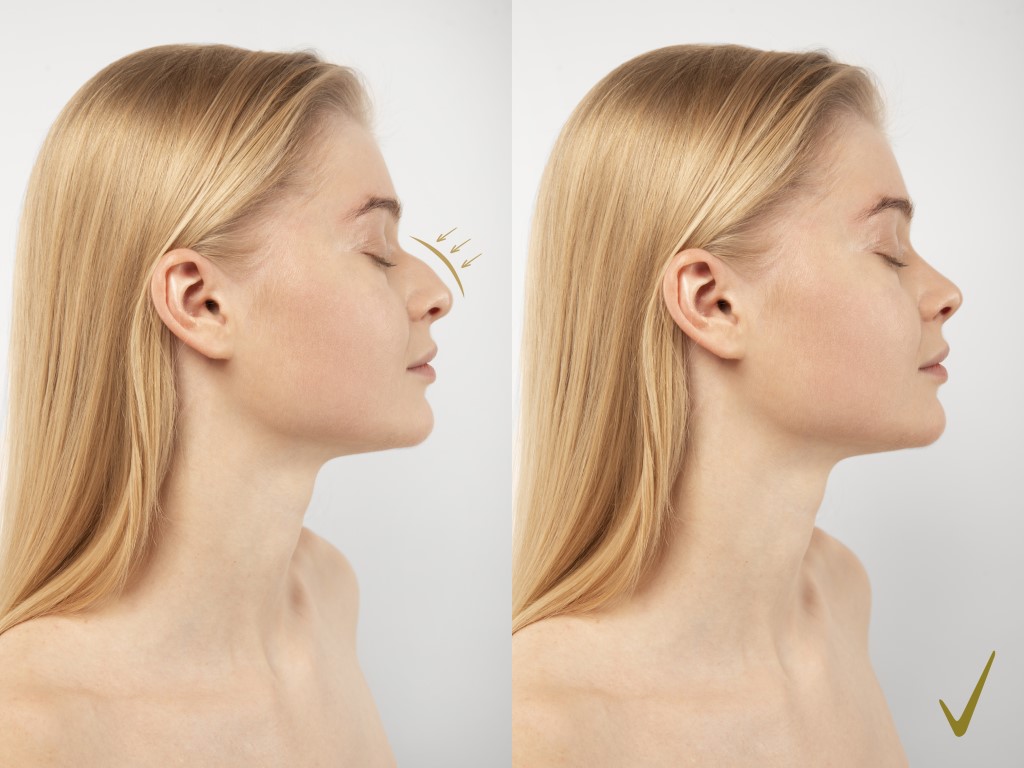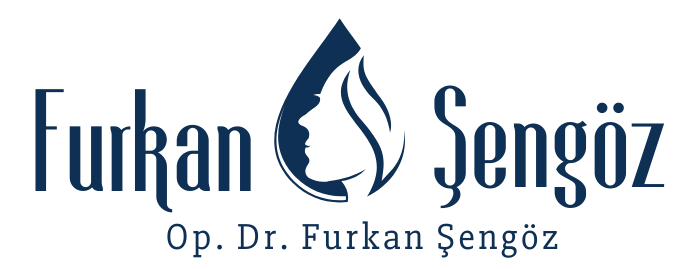What is the Recovery Process Like After Rhinoplasty Surgery?

Rhinoplasty, commonly known as a nose job, is one of the most sought-after cosmetic procedures worldwide. Whether performed for cosmetic enhancement or functional improvement, rhinoplasty offers life-changing results. However, the outcome of surgery is closely linked to the healing period. Understanding what to expect during recovery helps patients prepare mentally and physically, while also ensuring the best long-term results.
In this guide, we will explain what the recovery process after rhinoplasty is like, including a timeline of healing, tips for smoother recovery, and answers to the most common questions patients have.
Understanding Rhinoplasty Recovery
Every surgical procedure requires a period of rest and healing. Rhinoplasty involves reshaping the nasal bone, cartilage, and tissues, which naturally leads to swelling, bruising, and sensitivity. While most patients are able to return to their daily routines within a few weeks, it may take up to a year for the nose to completely heal and reveal its final appearance.
General Timeline of Rhinoplasty Recovery
First 24–48 Hours After Surgery
- Swelling and mild discomfort are at their peak.
- Patients are advised to rest with their head elevated.
- Cold compresses can help reduce swelling around the eyes and nose.
- Slight bleeding or nasal congestion is normal.
First Week
- A nasal splint is usually worn to protect the nose and maintain its new shape.
- Bruising around the eyes may appear more visible during the first 3–4 days but starts fading toward the end of the week.
- Stitches and splints are often removed by the surgeon after 7 days.
- Most patients can return to non-physical work within a week.
Two to Four Weeks
- Bruising is typically gone by this stage.
- Swelling begins to decrease significantly, although some puffiness remains.
- Light activities such as walking are encouraged, but strenuous exercise should still be avoided.
- Patients usually feel more comfortable in social settings as visible signs of surgery fade.
One to Three Months
- Swelling continues to diminish, particularly at the nasal bridge.
- Breathing improves as internal healing progresses.
- Patients can gradually return to more intense physical activities, with surgeon approval.
- Subtle changes in the nose shape start becoming visible.
Six Months to One Year
- Final results become more refined and natural.
- Any residual swelling, particularly at the nasal tip, resolves.
- The nose takes on its permanent contour, and patients can fully enjoy the benefits of rhinoplasty.
Common Symptoms During Rhinoplasty Recovery
Swelling and Bruising
Swelling is the most noticeable side effect and can last for months. Most bruising fades within 10–14 days.
Nasal Congestion
Because of internal swelling, patients often feel like they have a blocked nose. This usually improves within a few weeks.
Tenderness and Numbness
The nose and surrounding skin may feel sensitive or numb. Sensation gradually returns as healing progresses.
Tips for a Smooth Rhinoplasty Recovery
- Keep Your Head Elevated
Sleeping with the head elevated helps minimize swelling and promotes faster healing.
- Follow a Healthy Diet
Eating foods rich in vitamins, minerals, and protein supports tissue repair. Avoid excessive salt to prevent water retention.
- Stay Hydrated
Drinking enough water helps the body flush out toxins and reduces swelling.
- Avoid Strenuous Activities
High-intensity workouts, bending, or lifting can increase blood pressure and worsen swelling. Always wait for your surgeon’s approval before resuming exercise.
- Protect Your Nose
Avoid wearing glasses or sunglasses that put pressure on the nose. Be cautious to prevent accidental bumps or injuries.
- Avoid Smoking and Alcohol
Smoking restricts blood flow and delays healing, while alcohol may increase swelling and bleeding risk.
- Use Cold Compresses (First 48 Hours)
Applying a cold compress around the eyes (not directly on the nose) reduces inflammation.
Emotional Aspects of Rhinoplasty Recovery
Healing after rhinoplasty is not just physical; it is also emotional. Many patients feel anxious during the first weeks because of swelling and bruising. It is important to remember that these are temporary. The true results of rhinoplasty become clear only after several months. Having realistic expectations and patience is key to a positive experience.
When to Contact Your Surgeon
Although mild swelling and discomfort are normal, certain symptoms require immediate medical attention:
- Sudden or severe increase in swelling
- Persistent bleeding
- High fever or signs of infection
- Difficulty breathing
Regular follow-up appointments with your surgeon are crucial to monitor progress and address any concerns.
Frequently Asked Questions About Rhinoplasty Recovery
How long does it take to return to work after rhinoplasty?
Most patients return to work within 7–10 days, depending on the nature of their job.
When can I start exercising again?
Light walking can be resumed after a week, but strenuous exercise should be avoided for at least 4–6 weeks.
Will there be permanent scars?
Most rhinoplasty procedures are performed with incisions inside the nostrils, making scars virtually invisible. In open rhinoplasty, a small scar may remain at the base of the nose but usually fades over time.
When will I see the final results?
While initial improvements are visible within a few weeks, the final shape of the nose can take up to 12 months to fully develop.
Final Thoughts
The recovery process after rhinoplasty surgery is gradual but rewarding. Swelling, bruising, and mild discomfort are part of the journey, but with proper care and patience, the results are long-lasting and life-changing. By following your surgeon’s instructions, maintaining a healthy lifestyle, and managing expectations, you can ensure the best possible outcome.
If you are considering rhinoplasty, being informed about the recovery timeline and aftercare will help you approach the procedure with confidence. Remember, every patient heals differently, but the wait is always worth the transformation.
Contact Form
- Copyright © 2025 – Op. Dr. Furkan Şengöz




